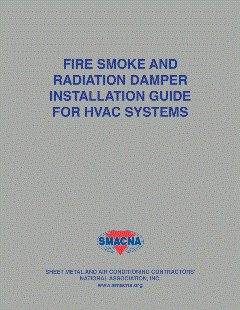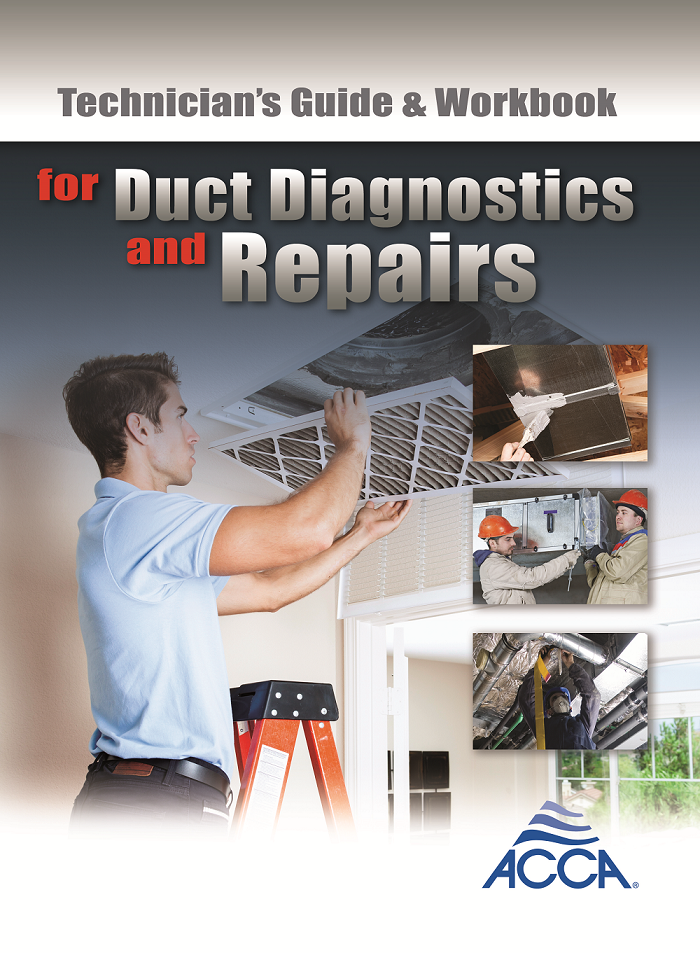We all know what happened on Sep. 11, 2001. In an orchestrated act of terrorism, four planes were deliberately crashed, causing 2,996 deaths. It shocked the world. And because it involved our commercial airlines, air travel changed immediately and profoundly. It has been almost 20 years, and we’ve grown accustomed to inconveniences we would never have accepted before 9/11.
We always before had the ability to make people remove their shoes and be searched and scanned before getting on an airplane. We could have formed a governmental security agency to put us in long lines and add an extra 30 minutes to an hour of travel time each time we fly. Only after 9/11 were we willing to accept those extra costs and inconveniences because the world changed.
On Nov. 21, 1980, a fire broke out in the MGM Grand Hotel in Las Vegas and 85 people died. People have died in fires throughout recorded history, and builders have been coming up with ways to isolate fire from spreading for hundreds of years. But this was different because ducted airflow and high-rise resort hotels really hadn’t been around that long.
A large amount of people were killed — not from fire, which we kind of understand — but from smoke that silently spread through the building. Prior to 1980 there were some fire dampers and rudimentary smoke dampers, but they were expensive and not used on most commercial jobs. Now they are a routine part of every HVAC system and no one questions the cost or necessity. Because the world changed.
In the summer of 1976, the American Legion was holding its annual convention in Philadelphia. Within a few weeks, 29 people that attended the convention and been at the Bellevue-Stratford Hotel had died.
For a while, this was a mystery and even speculated to be an act of terrorism. Eventually the pieces came together, and the cause was found to be a particularly nasty form of bacteria we now know as Legionella bacteria. The deaths, a result of Legionnaire’s Disease.
Stagnant water in the cooling tower was found to be the place the bacteria bred, and it was transported through the HVAC system. This too shocked our industry. We now perform extensive maintenance on cooling towers, use chemicals and ultraviolet technologies. These things cost money and could have been done before, but we do it now and don’t question the cost. Because the world changed.
Today, all across the US, schools are closed. Churches are closed. Gatherings of 50 or more have been cancelled. I am strongly discouraged from visiting my elderly parents. Office workers are told to work from home. Even bars and casinos are closed. The stock market tanked, and we are seeing governments all over the world intervene to stop their economies from crashing. All because of a new and deadly disease we now know as COVID-19 or the coronavirus. The world has just changed again.
Many of us in the HVAC industry lived through these events and the ensuing changes to how we do business. However, this article is not really about history. It is about how the events we are living through now will change things going forward — including ductwork.
Like those previous events, there are a lot of things we as a duct fabrication industry could have been doing that would have helped mitigate this current pandemic. But if they cost more or take longer and weren’t required, chances are we haven’t been doing them. Until the world changed.
To be clear, I am not suggesting that we start looking for that hot new trend we can jump on and get rich quick from the panic. I think we’ve seen enough of panic buying and hoarding with toilet paper and hand sanitizers. But we owe it to our companies to start thinking about what processes and products we’ve not been doing or using that could lessen future viral or bacterial outbreaks — because we may not be given much choice going forward.
How COVID-19 could change duct cleaning
Many of you sheet metal fabricators and installers are probably rolling your eyes at the mention of air duct cleaning. It is, for the most part, an industry that is separate from us. Although some of them are the snake-oil salesmen you think they are, routine cleaning of the duct is a way to reduce microbial growth. And it’s such a simple concept that you shouldn’t be surprised if the public demands it.
What happens when duct cleaning starts being mandated? One thing that occurs to me is that an outside industry that suddenly has a lot more power will start telling the world what we have been doing that makes it harder/more difficult to clean ducts. This could greatly affect the way we make duct.
For example, we have seen a trend over the last 30 years for insulation to move from the inside of ducts to the outsides. Required duct cleaning could force that trend. Even where internal insulations are needed for sound attenuation, we may see the necessary amounts questioned and reduced. I’ve been pushing the reduction of duct system leakage for years because of the wasted energy. But what if you are forced to seal ducts tighter, not for energy savings, but to prevent the leakage of duct cleaning solutions during the routine cleanings?
Anti-microbial treatments on ductwork
Coated steel products such as Agion were introduced to our industry about 30 years ago. A few of our companies jumped on board this trend a long time ago, but the products have never gained much momentum.
It cost more, and too many people just didn’t accept the science behind what made it work. I’m pretty sure this is a technology that’s going to get another look when this pandemic is over. The same goes for insulations. There are some “anti-microbial” agents on some insulation products, but there is legitimate doubt they are effective through the life of the building.
For the last 20 years, we’ve been going with insulations that “do not promote the growth of microbes.” What happens when this is no longer optional, and we are forced to use insulations that are actively “anti-microbial”? One of my concerns is that we start seeing mandated products that aren’t particularly well-suited to the way we make duct.
Adding ultraviolet light technology and other anti-microbial devices to HVAC system
I was at a presentation a couple of months ago on ultraviolet technology used in air handling units. What happens when customers start asking for something like that downstream in the ductwork?
Just like fire and smoke dampers, we could see new products and technologies become a part of the systems we build and install. A deeper question would be, will we install and be responsible for these potential new technologies, or will there be a new trade and subcontractor that does — and potentially affects our future job control and scheduling?
Will COVID-19 cause increased ductwork filtration?
I was watching a news segment last night where a local hospital was showing their isolation rooms and the filtration unit that nominally cleaned the air before discharging it outside while keeping the room pressure negative. And before you ask, the hospital spokesman did explain that they would shut off the sidewalk outside from pedestrians if they had any COVID-19 patients and started using the rooms.
What struck me was how quickly the journalist jumped on the explanation of the HEPA filter in the filtration unit as if that was the key to the whole system. Let’s face it — most people now have a rudimentary concept of what a HEPA filter is. You can buy them for your house at Home Depot or Lowes. For that matter, you can buy a vacuum cleaner that has a HEPA filter. But what most people outside of our industry don’t realize is that as the filtration percentage goes up, so does the pressure drop across the filter.
We’ve seen a trend the last 40 years of duct system pressures decreasing. That’s because our world changed with every increase in the cost of energy. What happens when customers start demanding increased filtration? If you just add them at the air-handling unit, you will need more fan horsepower and beefier casings. But who trusts their building owner/maintenance people to maintain that type of system in our new age of “social distancing”?
What about cross-contamination from the guy in the next office over? It’s just as easy and probably more effective to put a smaller HEPA filter where the duct ends — in your office and at your grille — than at the air handling unit. Have you thought about what something like that would do to duct construction? There would be no more “low pressure” duct.
COVID-19’s impact on duct fabrication
These are just a few of the things that come to mind as I think about how the COVID-19 pandemic will change duct fabrication. Admittedly, if I were a better futurist there would be a lot more money in my bank account.
The one common thread I see from both our history and some of these suggestions is that when bad things happen, the world looks for simple solutions first. They may not be the best solution, but if it is a concept that people can grasp and can be somewhat effective, it is quickly adopted.
As I write this, we are closing businesses to keep our distance from other people and slow the spread of COVID-19. It will have devastating effects on our economy. But it is a simple solution that we can grasp the reasoning behind it, and it should be effective. It is too late to go back three months and implement some “better” solution we could have done to lessen the tragedy. But as we quarantine ourselves at home, it is time to start thinking about what comes next for our industry as we look for solutions to keep this from happening again.
There could well be changes that could harm our industry, companies touting products as solutions if used in lieu of sheet metal duct systems. There are probably potential solutions that have just not occurred to me yet. But there’s one thing I am certain of — the world has changed again. Stay safe, and let’s all be better prepared for things to change.









